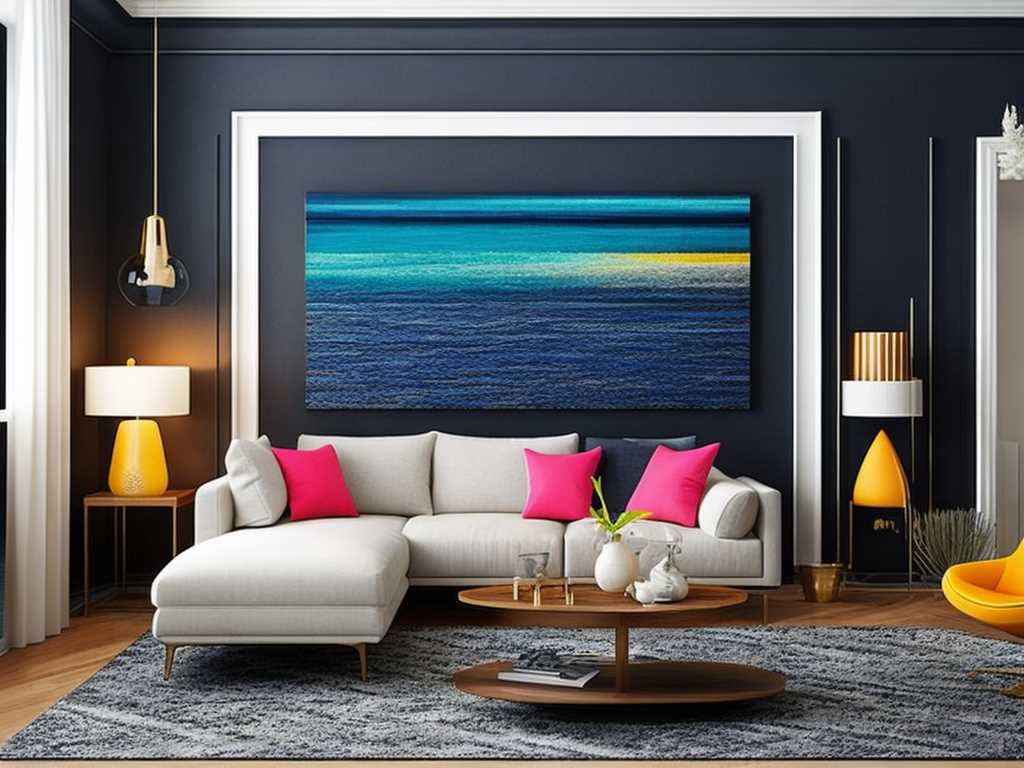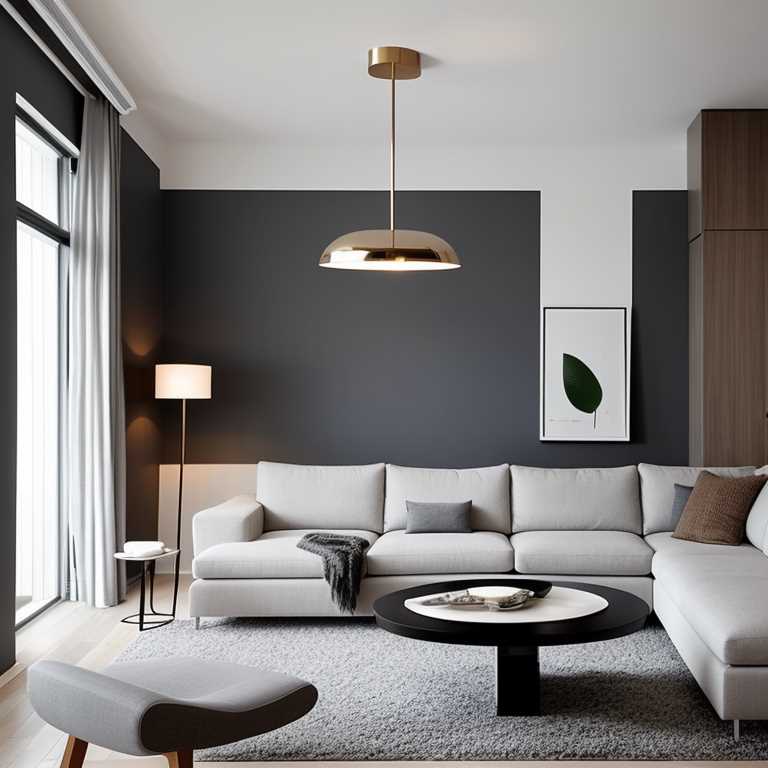
Lighting is an essential part of any living room decor. A well-lit living room not only makes the space look larger but also creates a warm and inviting atmosphere. The right lighting can transform the look and feel of a living room. In this article, we will guide you on how to light a living room.
1. Identify the Purpose of the Living Room
Before you start planning the lighting for your living room, it is essential to identify the purpose of your living room. Is it a space for entertainment, relaxation, or work? Once you determine the purpose, it will be easier to choose the right lighting fixtures.
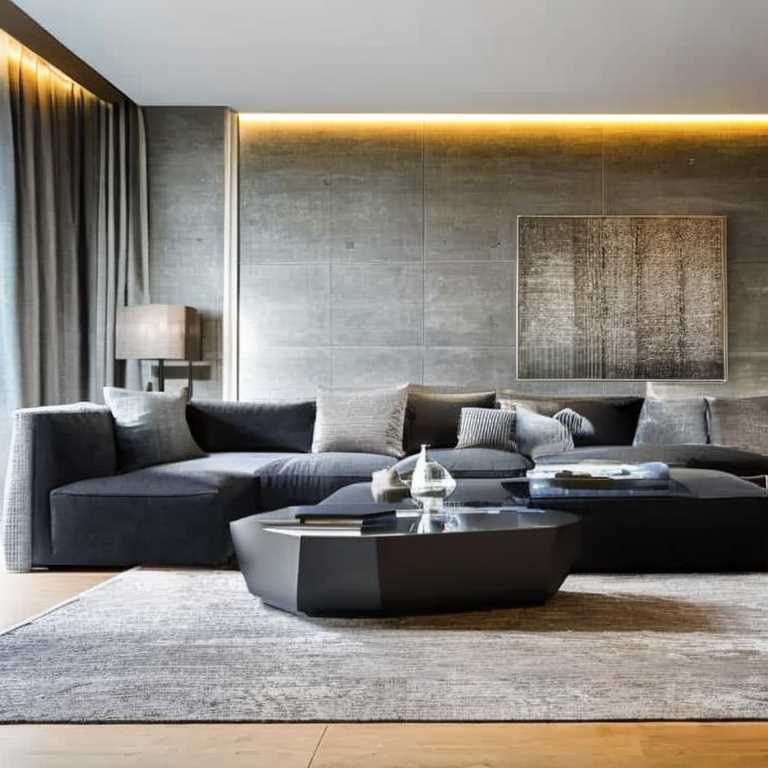
2. Use a Variety of Light Sources
The best way to light a living room is to use a variety of light sources. A combination of ambient, task, and accent lighting can create a beautiful and functional living room. Ambient lighting is the general lighting of a room that provides overall illumination. Task lighting is used for specific activities such as reading or working, while accent lighting highlights specific objects or areas in the living room.
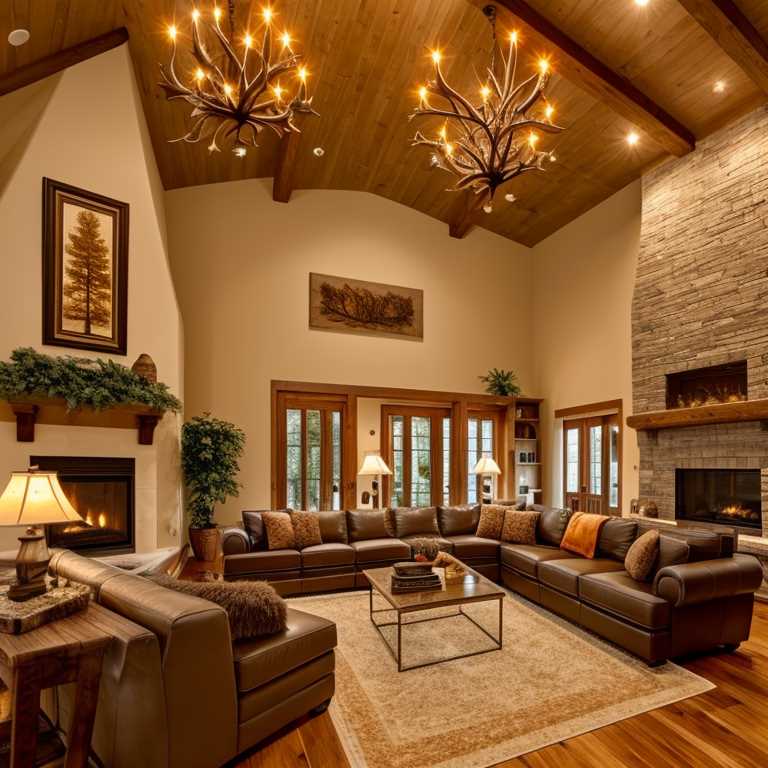
3. Choose the Right Type of Lighting Fixtures
There are different types of lighting fixtures to choose from, including chandeliers, pendant lights, floor lamps, table lamps, and wall sconces. Chandeliers and pendant lights are perfect for adding a touch of elegance and drama to your living room. Floor lamps and table lamps are versatile and can be moved around the room to provide the necessary lighting. Wall sconces are perfect for creating a cozy and intimate atmosphere.
4. Use Dimmer Switches
Dimmer switches are an excellent addition to any living room. They allow you to control the brightness of the light and create different moods in the living room. Dimmer switches are perfect for entertaining guests or relaxing after a long day at work.

5. Consider the Room Size and Ceiling Height
The size of your living room and ceiling height will determine the type and size of lighting fixture you should use. If you have a large living room with high ceilings, you can use a chandelier or pendant light to create a dramatic effect. If your living room is small, you can use a combination of floor lamps, table lamps, and wall sconces to provide the necessary lighting.
6. Use Bulbs with the Right Color Temperature
The color temperature of a bulb can affect the mood and atmosphere of a living room. Bulbs with a warm color temperature (2700K-3000K) are perfect for creating a cozy and inviting atmosphere, while bulbs with a cool color temperature (5000K-6500K) are perfect for task lighting.
7. Don't Forget About Natural Light
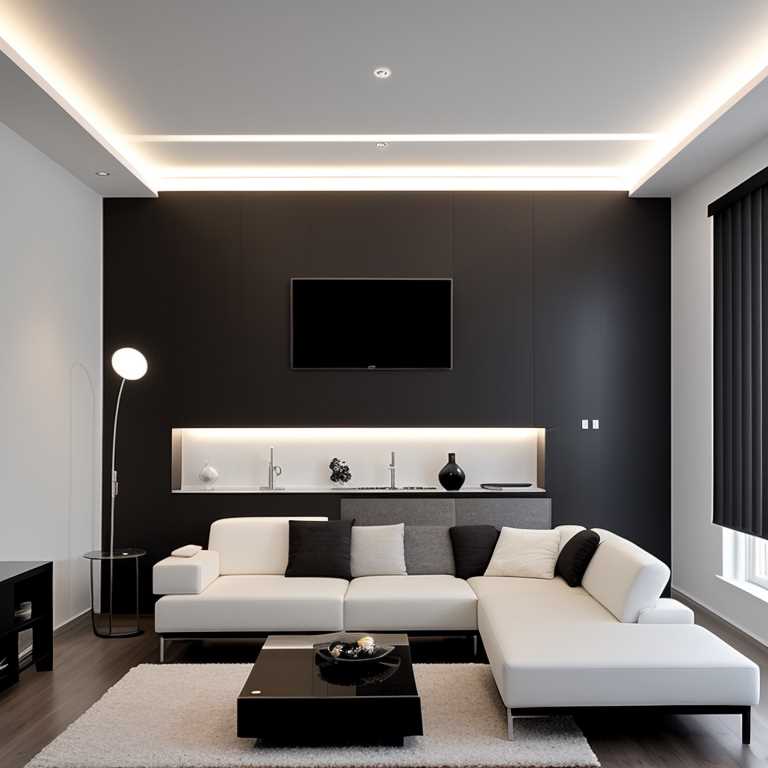
Natural light is an essential part of any living room. It can make the space look larger and create a warm and inviting atmosphere. Make sure to open your curtains or blinds during the day to let in as much natural light as possible.
8. Use Lighting to Highlight Artwork or Decor
Accent lighting is an excellent way to highlight artwork or decor in your living room. Use a wall sconce or directional spotlight to highlight a piece of art or a decorative item in your living room.
9. Consider Energy Efficiency
Energy-efficient lighting fixtures are not only good for the environment but can also save you money on your electricity bill. LED bulbs are an excellent choice for energy-efficient lighting as they use less energy and last longer than traditional incandescent bulbs.
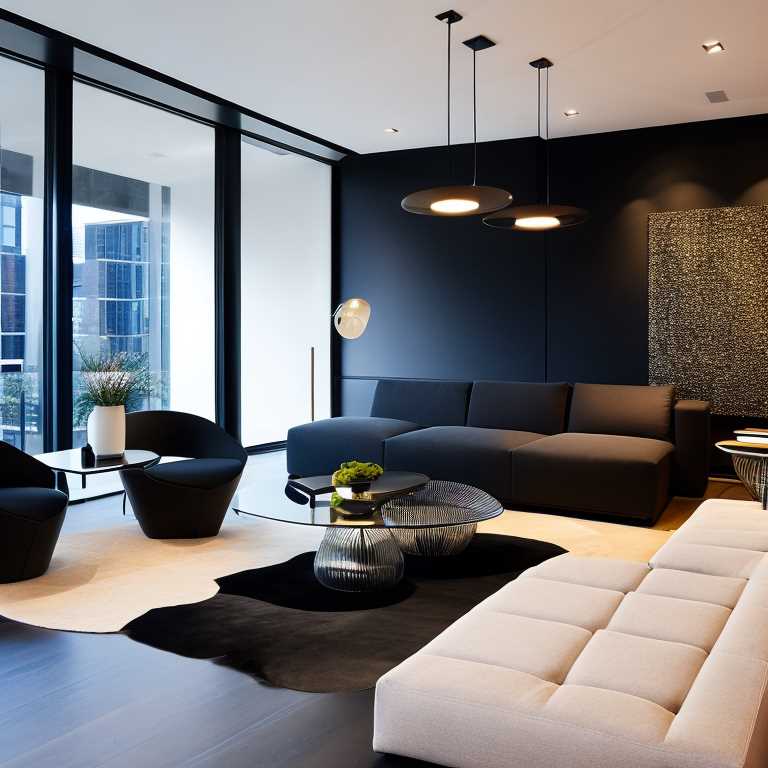
Lighting is an essential part of a living room's decor. By using a combination of ambient, task, and accent lighting, you can create a beautiful and functional living room. Remember to consider the purpose of your living room, use a variety of light sources, choose the right type of lighting fixtures, use dimmer switches, consider the room size and ceiling height, use bulbs with the right color temperature, don't forget about natural light, use lighting to highlight artwork or decor, and consider energy efficiency. With these tips, you can create a beautiful and inviting living room that you and your family will love.
